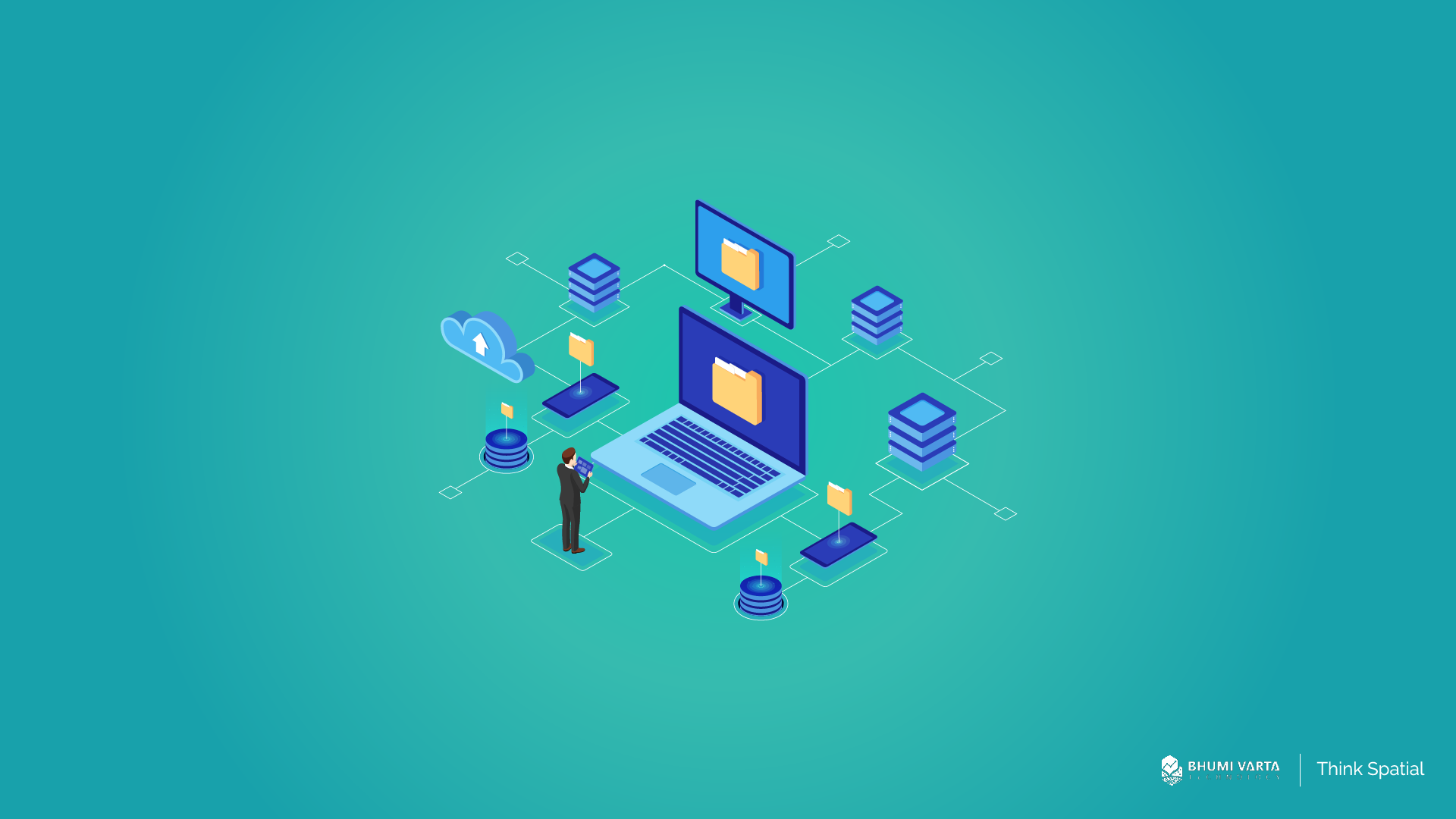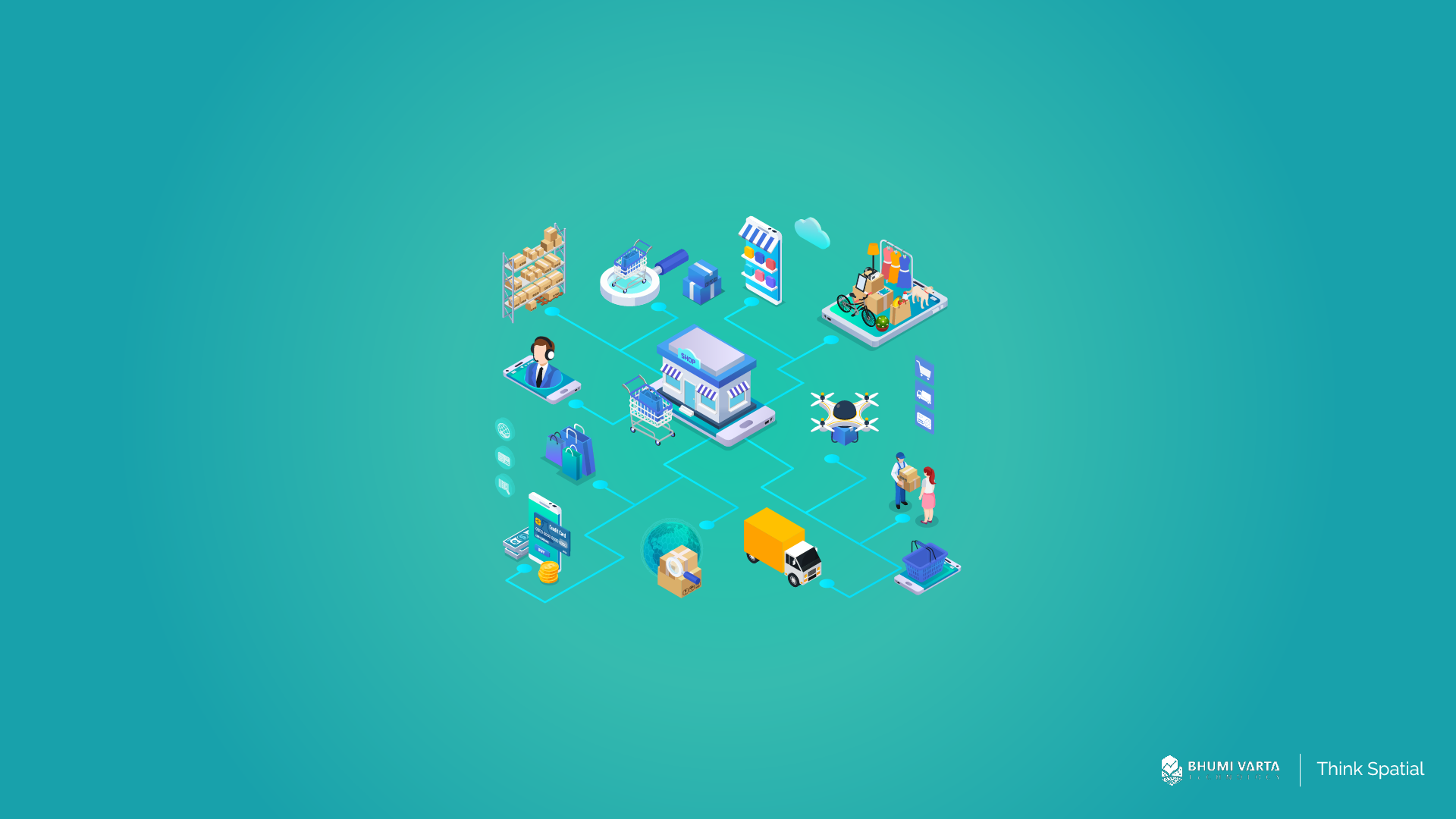External data is information that comes from sources outside of a company. In today’s complex business world, internal data alone is no longer sufficient to provide a complete understanding of the business situation. External data is necessary for companies to gain a broader perspective on issues from various angles. This article will provide an in-depth discussion of how external data can help businesses achieve this perspective.
Contents
What Is External Data?
External data is typically information that is collected from public sources outside of a company, such as consumer surveys, social media data, and market research. It is typically used alongside internal data to improve data processing, analysis, and decision-making processes.
Companies can collect external data through various methods, including data ingestion pipelines, file downloads, APIs, web data scraping, or direct connections to databases.
Once external data is obtained, the next step is to clean and integrate it with internal data, such as transactional data and CRM systems.
How External Data Expands Business Perspectives?
External data is advantageous for businesses as it provides information from various sources, which enables them to see situations from different perspectives. In addition, it helps companies to acquire a more comprehensive and complete view of the data.
For instance, Company A can improve its understanding of consumer habits and trends by leveraging sales data in conjunction with location data, such as demographics, points of interest (POI), and mobile data.
By combining external and internal data, businesses can gain a more complete picture of a phenomenon, which proves helpful for research and decision-making.
Other benefits of combining external and internal data include:
Improving forecasting accuracy
External and internal data integration can enhance the accuracy of predictive models, thereby improving forecasting accuracy. This is because both types of data contribute a greater and more diverse dataset for predictive analysis, and large datasets typically produce more stable estimates, ultimately enhancing overall prediction performance.
Providing a comprehensive overview of the data
Businesses can gain a more detailed and comprehensive understanding of the data by using external and internal data, which enables them to identify trends and patterns in a phenomenon that may not be apparent if only one type of data is used.
Identifying relationships between variables
External and internal data can help businesses in identifying relationships and connections between various variables, which is beneficial in building more advanced predictive models that consider these relationships between variables.
How Can Location-Based External Data and Location Intelligence enhance business understanding?
Companies aim to align their businesses with local events and trends that interest consumers to increase engagement. To create campaigns or promotions, businesses can obtain information about all events taking place around their store and choose which events to use.
By using both external location-based data and internal data, businesses can enhance their brand expansion, gain momentum, and increase profits.
For instance, a food and beverage company that focuses on health food uses location data to analyze the sales of their products. They can observe where their products sell well and where they are less popular but still have the potential for success.
Additionally, the company utilizes location-based event data, such as local marathon events, to determine the high demand for their products. Based on this information, businesses can reach out to distributors near these local events to sell their products.
Get Complete Location Data at LOKASI Intelligence
Businesses can obtain comprehensive location-based external data through the LOKASI Intelligence platform. This platform is equipped with location data such as demographics, socioeconomic status, POIs, mobile data, disaster data, and other location data.
Businesses can use the data above to gain a broader perspective and understand a phenomenon occurring within the company from various perspectives.
Learn more about how LOKASI Intelligence can help businesses by contacting email: [email protected] or WA: 087779077750
FAQ
What is the difference between internal and external data?
The difference between internal and external data is that internal data comes from within the company, while external data comes from outside the company.
What is internal data and what is an example of it?
Internal data is data obtained from within the company, such as sales data.
What are examples of external data?
One example of external data is location data such as demographic data, socioeconomic status, POI data, mobile data, disaster data, and others.



